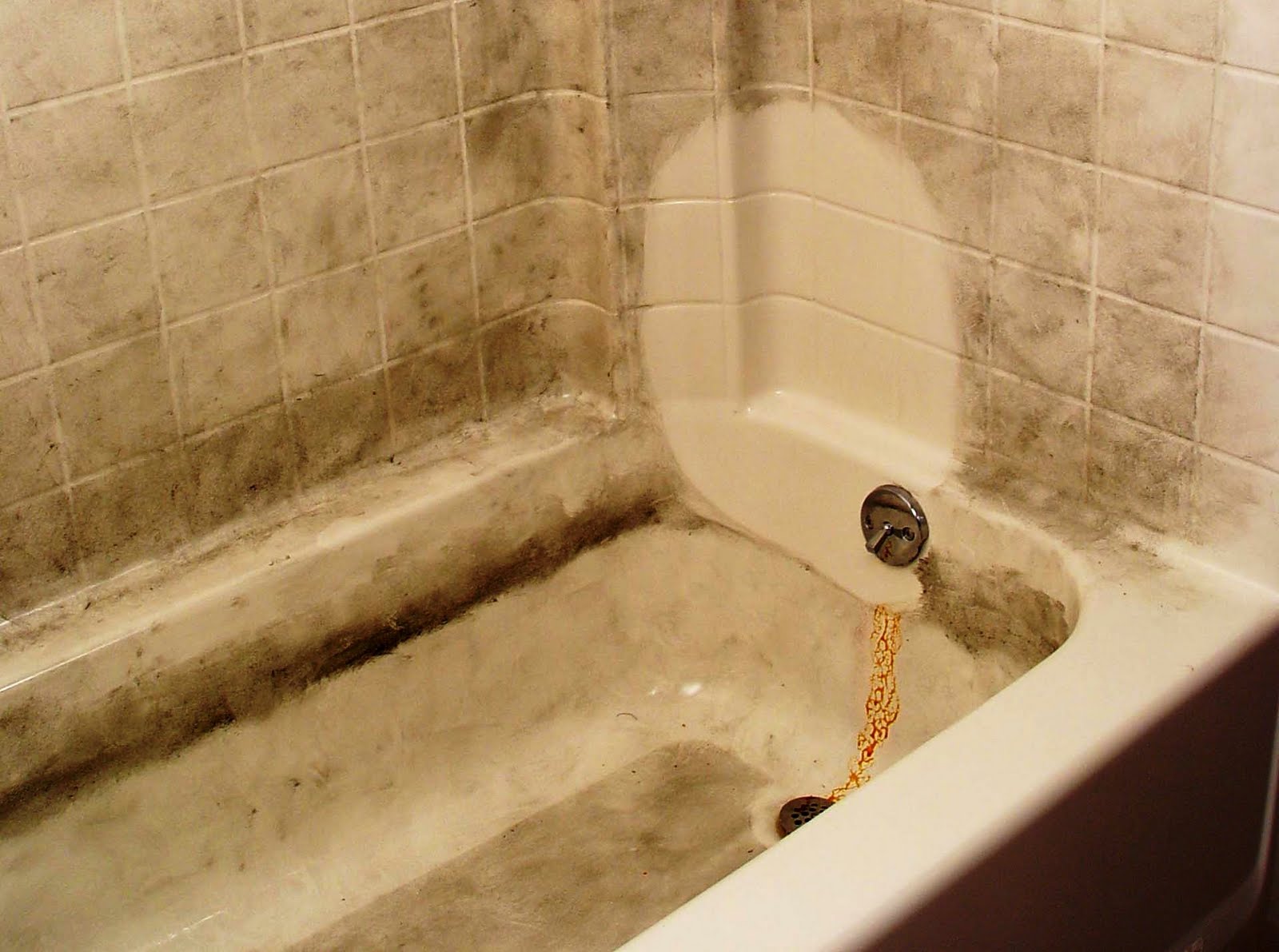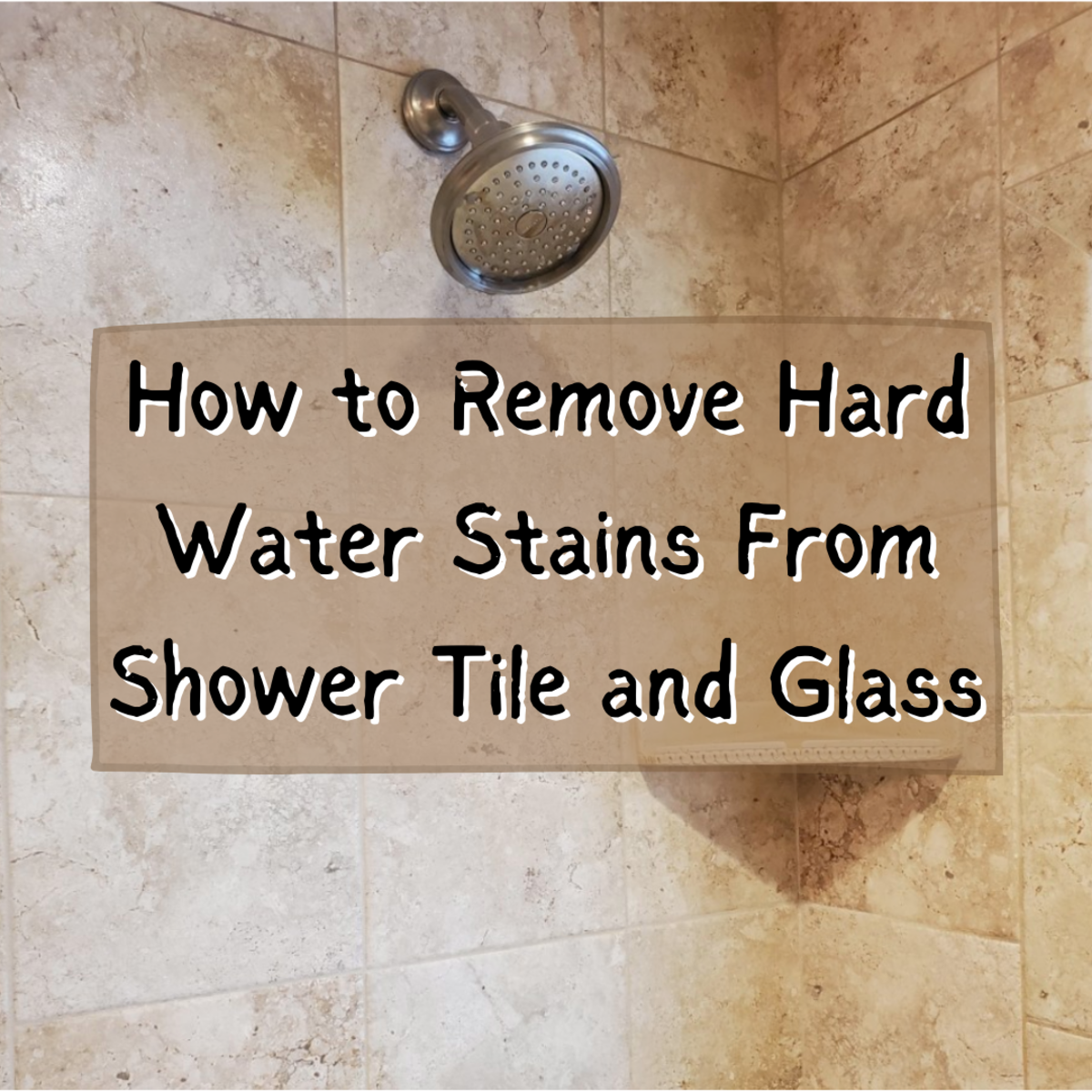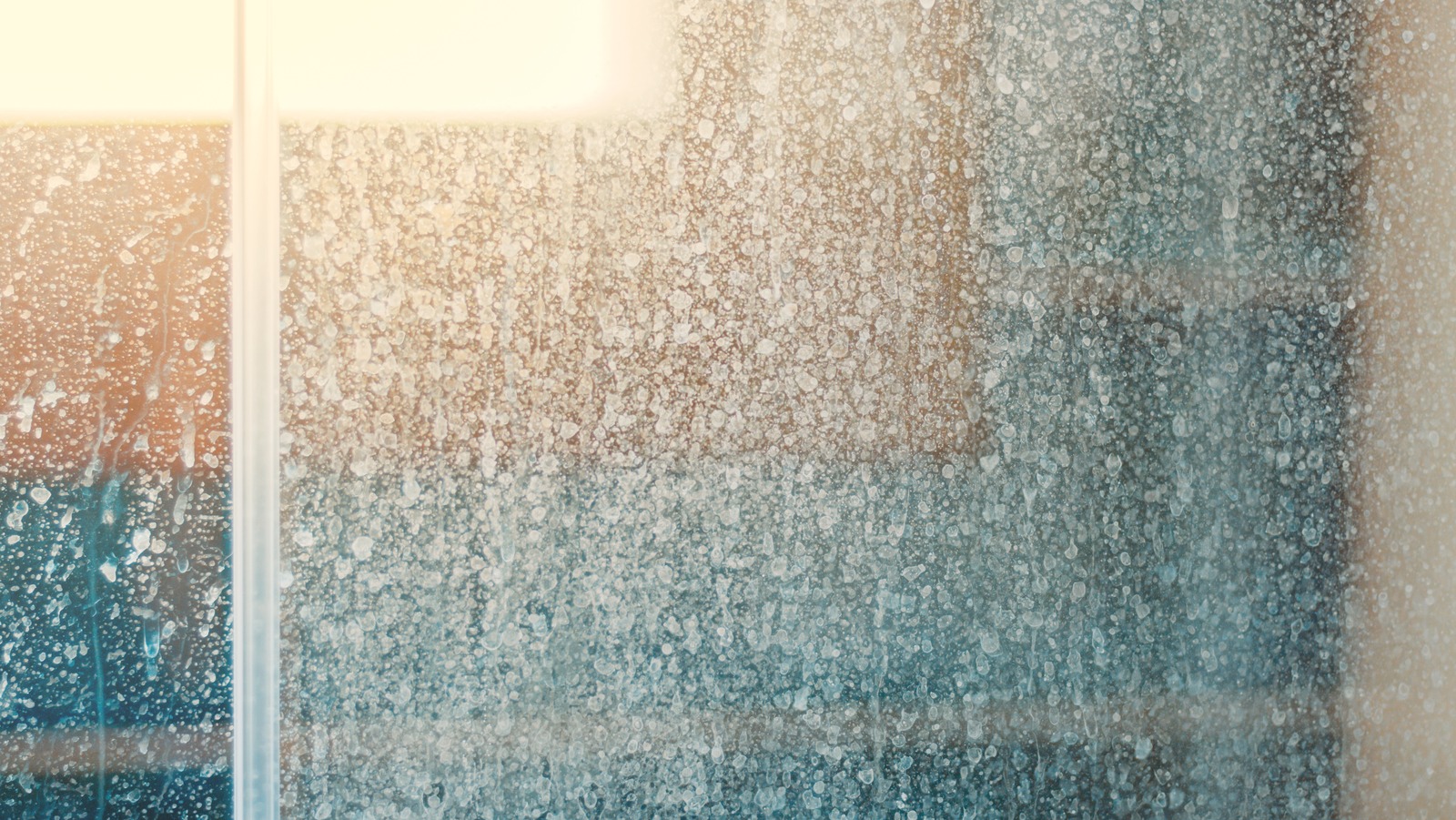Common Causes of Water Stains on Bathroom Walls

How to get water stains off bathroom walls – Water stains on bathroom walls are a common problem, and they can be caused by a variety of factors. Some of the most common causes include:
Hard Water Stains
Hard water contains high levels of minerals, such as calcium and magnesium. When hard water evaporates, these minerals can be left behind as a white or chalky deposit. Hard water stains are often found on showerheads, faucets, and other bathroom fixtures.
Getting rid of water stains on bathroom walls can be a daunting task, but it doesn’t have to be. With the right techniques and a little elbow grease, you can restore your bathroom walls to their former glory. However, if you’re looking for a more luxurious way to upgrade your bathroom, you might want to consider luxury bedroom design.
A well-designed bathroom can be a sanctuary, a place where you can relax and rejuvenate. So, if you’re looking to create a more luxurious and inviting bathroom, be sure to give luxury bedroom design a try.
Humidity and Condensation
High humidity levels can cause water vapor to condense on bathroom walls. This condensation can lead to the growth of mold and mildew, which can stain the walls. Condensation is often a problem in bathrooms that are not well-ventilated.
Mold and Mildew
Mold and mildew are types of fungi that thrive in moist environments. They can grow on bathroom walls, especially in areas that are not well-ventilated. Mold and mildew can cause unsightly stains and can also lead to health problems.
Methods for Removing Water Stains from Bathroom Walls

Removing water stains from bathroom walls is a common household chore. These stains can be caused by a variety of factors, including condensation, leaks, and spills. Fortunately, there are a number of effective methods for removing water stains from bathroom walls.
The most important step in removing water stains from bathroom walls is to identify the cause of the stains. Once the cause of the stains has been identified, the appropriate cleaning method can be selected.
Using Household Cleaning Solutions
There are a number of household cleaning solutions that can be used to remove water stains from bathroom walls. These solutions include vinegar, baking soda, and hydrogen peroxide.
- Vinegar: Vinegar is a mild acid that can help to dissolve water stains. To use vinegar to remove water stains from bathroom walls, mix equal parts vinegar and water in a spray bottle. Spray the solution onto the stained area and allow it to sit for 10-15 minutes. Wipe the area clean with a damp cloth.
- Baking soda: Baking soda is a mild abrasive that can help to remove water stains from bathroom walls. To use baking soda to remove water stains from bathroom walls, make a paste of baking soda and water. Apply the paste to the stained area and allow it to sit for 10-15 minutes. Wipe the area clean with a damp cloth.
- Hydrogen peroxide: Hydrogen peroxide is a bleaching agent that can help to remove water stains from bathroom walls. To use hydrogen peroxide to remove water stains from bathroom walls, apply the hydrogen peroxide directly to the stained area. Allow the hydrogen peroxide to sit for 10-15 minutes. Wipe the area clean with a damp cloth.
Using Commercial Cleaning Products
There are a number of commercial cleaning products that can be used to remove water stains from bathroom walls. These products are typically more expensive than household cleaning solutions, but they may be more effective at removing stubborn stains.
When using a commercial cleaning product to remove water stains from bathroom walls, be sure to follow the directions on the product label.
Using Abrasive Materials
In some cases, it may be necessary to use an abrasive material to remove stubborn water stains from bathroom walls. Abrasive materials can include pumice stone, steel wool, or sandpaper.
When using an abrasive material to remove water stains from bathroom walls, be sure to use it gently. Rubbing too hard can damage the surface of the wall.
Prevention Strategies for Water Stains on Bathroom Walls: How To Get Water Stains Off Bathroom Walls

Preventing water stains on bathroom walls is crucial for maintaining a clean and visually appealing space. Implementing a combination of effective strategies can help you avoid the unsightly appearance of these stains and preserve the integrity of your bathroom walls.
Several approaches can be adopted to prevent water stains on bathroom walls. These include optimizing ventilation and air circulation, controlling humidity levels, and utilizing water-resistant paint or sealant.
Ventilation and Air Circulation, How to get water stains off bathroom walls
Adequate ventilation and air circulation play a vital role in preventing water stains on bathroom walls. Moisture and humidity can accumulate in bathrooms due to activities like showering, bathing, and washing hands. Without proper ventilation, this moisture can condense on walls, leading to the formation of water stains.
To enhance ventilation and air circulation, consider the following recommendations:
- Install an exhaust fan in your bathroom. Exhaust fans help remove moisture from the air and prevent it from condensing on walls.
- Open windows or vents when using the bathroom. This allows fresh air to circulate and helps reduce humidity levels.
- Use a dehumidifier to remove excess moisture from the air. Dehumidifiers are particularly effective in small, poorly ventilated bathrooms.
Controlling Humidity Levels
Controlling humidity levels is another essential aspect of preventing water stains on bathroom walls. High humidity levels can contribute to condensation and the formation of water stains. To control humidity levels, consider the following tips:
- Take shorter showers or baths. Long, hot showers or baths can significantly increase humidity levels in the bathroom.
- Use a squeegee to remove excess water from shower walls and surfaces after use.
- Wipe down bathroom surfaces with a towel or cloth after use. This helps absorb moisture and prevent condensation.
Using Water-Resistant Paint or Sealant
Applying water-resistant paint or sealant to bathroom walls can provide an additional layer of protection against water stains. These products create a barrier that repels water and prevents it from penetrating the wall surface.
When choosing water-resistant paint or sealant, look for products specifically designed for use in bathrooms. These products are formulated to withstand moisture and humidity, making them ideal for preventing water stains.
One of the easiest ways to spruce up your bathroom is to add a bathroom double wall sconce. Not only will it provide additional lighting, but it can also add a touch of style to your space. However, if you have water stains on your bathroom walls, you’ll want to clean them up before installing your new sconce.
Here are a few tips on how to get water stains off bathroom walls.